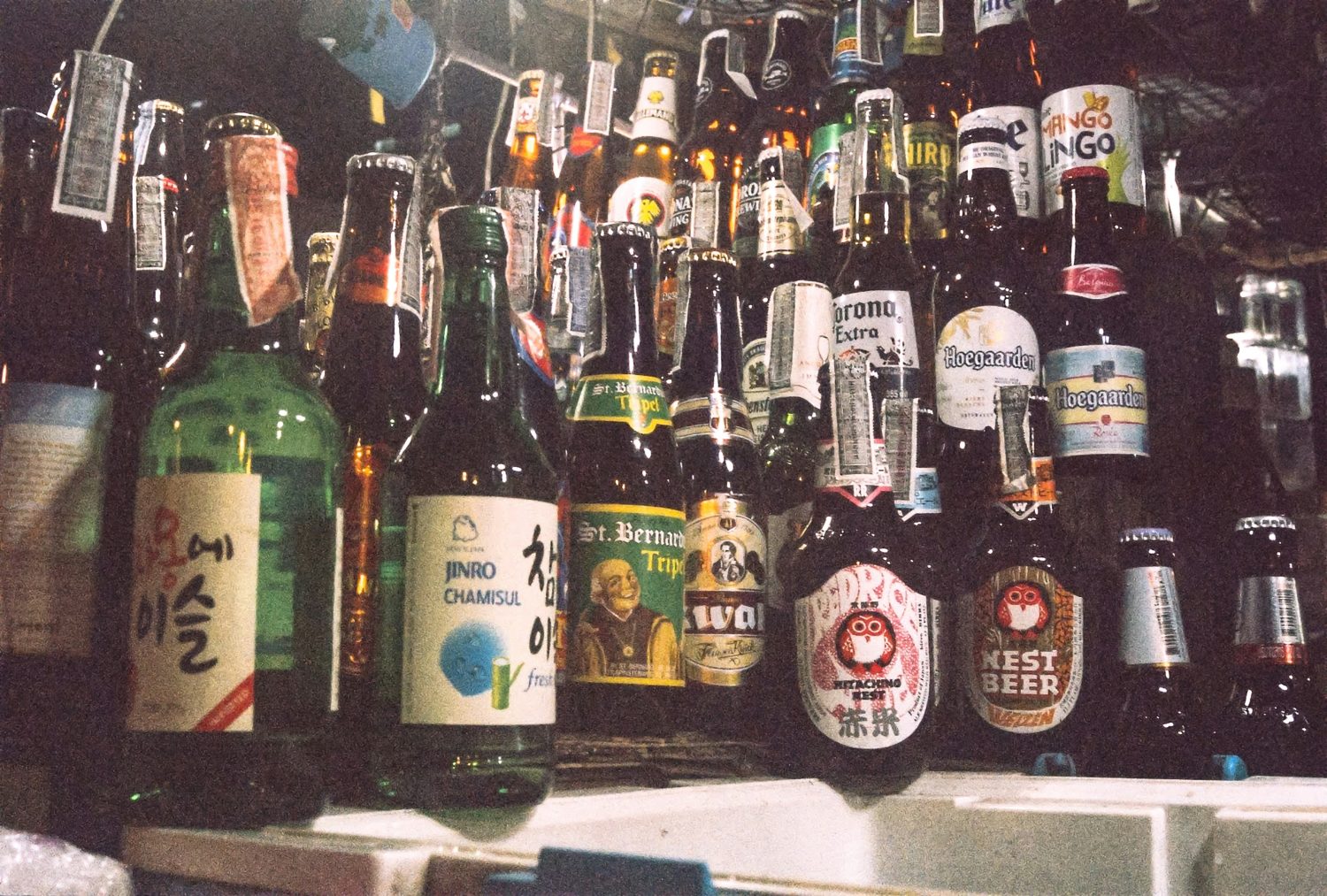Food and drink trends 2025, what an interesting thing to think about. What is actually popular or trendy this year? What is clear is that the trends aren’t just about eating and drinking. They’ve become identity. Culture. It’s the way people celebrate wins, get through tough times, and connect witheach other. In 2025, this has been demonstrated louder than ever.
The way people consume is shifting fast, and it’s bigger than what’s trending on TikTok.
It’s about how entire industries are being reshaped by demand for wellness, authenticity, and local connection.
What’s happening right now is global.
Food and Drink Trends 2025 Analysis:
From breweries in Seattle to taco trucks in LA, from non-alcoholic beers in London pubs to Michelin-level ramen spots in Tokyo, the food and drink trends of 2025 are definitely connected across continents.
The internet collapsed the gap between “local” and “international.” Consumers see something on Instagram in another country and expect to find a version of it on their own block. That loop between online discovery and in-person experience is driving culture forward.
The Rise of NA Drinks
Non-alcoholic drinks are no longer a side option. They’re front and center, competing for the same shelf space as soda, beer, and energy drinks. Athletic Brewing is now stocked in major retailers like Safeway and Costco, while HOP WTR and Kin Euphorics are locking in with the wellness crowd.
Brands like Recess and Ghia lean into aesthetics and lifestyle as much as taste, selling not just a product but an identity.
The international movement is just as strong.
In Europe, Germany’s long-standing NA beer culture has paved the way for global expansion. Japan has its own growing market for NA beers and functional sodas. Latin America is seeing a rise in NA cocktails and “better-for-you” beverages as younger audiences shift away from traditional alcohol-heavy socializing.
This isn’t just an American trend—it’s a worldwide shift.
You’re seeing NA menus pop up in New York speakeasies, sober raves in London, and influencers in Mexico City reviewing adaptogenic mocktails. It’s becoming part of nightlife, not separate from it.
This category isn’t slowing down, and it’s one of the defining food and drink trends 2025.
Breweries & Local Taprooms
Breweries used to be neighborhood spots where you’d get a pint and maybe a pretzel. In 2025, they’re creative hubs.
They’re community meeting places, music venues, and sometimes even art galleries. Seasonal drops like pumpkin ales or hazy IPAs aren’t just about flavor—they’re about building hype. Breweries have adopted the sneaker release model: limited runs, collaborations, and exclusive cans that fans line up to grab.
The international beer scene is also reshaping the culture.
Germany and Belgium still dominate classic brewing styles, but Scandinavian countries are pushing minimalist, design-driven beer brands that focus on sustainability.
Latin American breweries are mixing native ingredients into traditional recipes.
Australia’s craft beer boom has made its way into export markets, introducing flavors and styles that Americans rarely saw ten years ago.
Local taprooms are where this culture really comes alive. Seattle breweries are known for heavy IPAs, Miami is leaning into tropical-inspired sours, LA’s breweries are blending beer culture with streetwear, and New York is keeping things traditional but scaling through partnerships with restaurants and music venues.
Beer isn’t just a drink—it’s a language.
Restaurants & Food Culture
Restaurant groups have become the power players of the industry. Instead of one-off spots, they’re running multiple concepts across cities, shaping how people experience food. Miami’s groups are building full lifestyle brands with dining concepts designed for Instagram, while LA chefs are experimenting with cross-cultural menus that break traditional rules.
The international story is just as heavy here.
Street food in Bangkok, tapas in Madrid, food halls in London, and fine dining in Tokyo are all bleeding into the American dining scene. Travelers bring back experiences, social media amplifies them, and suddenly restaurants in the U.S. are competing with global influence in real time.
What separates the winners isn’t just flavor. It’s story and identity.
The rise of chefs as personalities—through television, podcasts, TikTok, and interviews—is shifting the focus back to the people in the kitchen. Diners want to know who cooked their food, what inspired it, and why it matters.
The culture of restaurants in 2025 is layered: a mix of local pride, global inspiration, and social media pressure. The ones who balance all three will dominate.
Food Trucks & Street Food
Food trucks are the ultimate hustle. They operate on the edge of risk and reward every single day. A truck can catch fire online one weekend, sell out lines around the block, and then spin off into a brick-and-mortar restaurant within a year.
Internationally, street food culture has always been the blueprint.
From taco stands in Mexico to night markets in Taiwan, food trucks and street carts are a global tradition.
What’s changed is the way social media has amplified it. A viral video of a cheesesteak truck in Philly or a dumpling cart in New York can spark national recognition.
The grind is real too. Trucks move locations, manage rising costs, and compete for visibility in crowded markets.
But they’re also some of the most innovative kitchens. Tacos with Korean influence. Burgers with ramen buns. Desserts built for TikTok. These menus reflect the creativity and grit that defines street-level food culture.
Food trucks are rarely “cheap eats.” They’re the incubators of the next wave of restaurants and brands.
Startups & Innovation
The packaged food and beverage game is more competitive than ever. Mushroom coffee, protein chips, kombucha sodas, and adaptogenic snacks aren’t niche anymore—they’re breaking into national retailers.
Startups are moving at speeds that legacy brands can’t keep up with, powered by DTC marketing and viral TikTok campaigns.
Internationally, Korea is shaping global snacking culture with convenience store trends that hit the U.S. months later. Latin America’s functional beverages and fruit-based snacks are starting to appear in American markets.
European brands are pushing sustainable packaging as a selling point, forcing U.S. startups to follow suit.
What makes this category exciting is the founder energy.
These aren’t giant corporations running ads on TV—they’re small teams grinding in commercial kitchens, testing flavors, and showing up at trade shows. Their stories are authentic, and audiences respond to that.
The CPG scene is where culture, wellness, and hype collide.
Distilleries & Wineries
Spirits and wine aren’t new—but the way people consume them is. Distilleries are opening in cities that never had a presence before, turning small-batch whiskey or gin into local pride.
Urban wineries are popping up in warehouses, creating tasting rooms that feel more like nightclubs than vineyards. Internationally, Europe still drives tradition, but younger generations are remixing how it’s experienced.
Natural wines from France and Spain are changing the conversation around production. Japanese whisky has become a global export powerhouse. South American wineries, particularly in Argentina and Chile, are building international followings through sustainable practices and immersive tours.
It’s not just about the bottle—it’s about the experience.
Tastings, music nights, and curated pairings are what pull younger audiences in. For distilleries and wineries, content has become just as important as craft.
Where It All Connects
These categories aren’t separate lanes—they’re overlapping every day. A brewery collabs with an NA brand. A food truck parks outside a distillery. A restaurant group launches a CPG snack line. A winery partners with a kombucha startup for a limited release.
The culture is blending fast. Local scenes connect to global movements. Street-level hustle inspires corporate innovation. And social media keeps the cycle spinning 24/7.
The future of food and drink isn’t about “best of” lists—it’s about movements, crossovers, and the people building them.
Food and drink keep moving. New drops. New menus. New brands. New culture.
We’ll keep chasing flavors and reviewing everything so be sure to tap in if you’d like us to come through.
If you’re a fan and want to follow along, follow RespectMyRegion.365 on Youtube.







